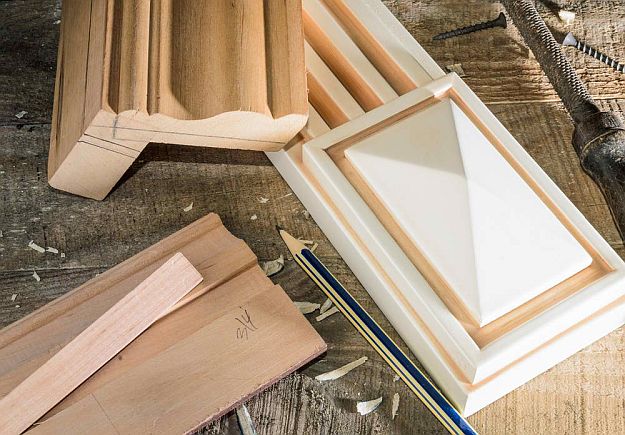Delve Into The Fascinating Odyssey Of Reconditioning Historical Cabinets, Unmasking Covert Stories And Translating The Enigmas Of Previous Generations
Delve Into The Fascinating Odyssey Of Reconditioning Historical Cabinets, Unmasking Covert Stories And Translating The Enigmas Of Previous Generations
Blog Article
Short Article Writer-Drejer McMahan
To start the trip of bring back antique closets, you need a keen eye for information. Visualize revealing covert tricks within each layer of background ingrained in the timber. https://beaufkpuz.liberty-blog.com/27920798/teaming-up-with-a-professional-cupboard-manufacturer-can-turn-your-house-right-into-a-customized-resort-where-every-facet-is-very-carefully-created-and-tailored-to-your-choices of reviving a once-forgotten piece to its former glory. Every step of this thorough procedure holds the crucial to preserving the past while creating a future antique. So, are you ready to embark on this transformative endeavor and unlock the capacity of your antique cupboards?
Evaluating the Cabinet's Problem
When beginning the reconstruction process, begin by analyzing the problem of the antique cupboard. Meticulously take a look at the general framework for any type of indicators of damages such as cracks, chips, or loosened joints. Examine the timber for any type of rot, bending, or insect invasion that might have happened with time. It's vital to determine the degree of the restoration needed before proceeding further.
Next, check the cupboard's equipment such as joints, knobs, and locks. Make note of any kind of missing out on items or parts that require repair service or substitute. Make certain that all hardware is functioning properly and securely connected to the cabinet.
Furthermore, examine the cupboard's surface. Try to find any kind of scratches, spots, or discoloration that might affect the visual allure. Figure out if the surface requires to be stripped and reapplied or if a straightforward touch-up will be enough.
Gathering the Needed Devices and Materials
After assessing the condition of the antique cabinet, the following step is to gather the required devices and materials for the remediation process. Before you start, ensure you have the adhering to products available:
- wood cleaner
- sandpaper in different grits
- timber filler
- paint or timber tarnish
- brushes
- handwear covers
- safety and security goggles
- a dirt mask
- a drop cloth
- a putty blade
- a hammer
- a screwdriver
- a vacuum
These tools and products are important for an effective remediation.
Wood cleaner is essential for removing years of dust and crud buildup, preparing the surface area for fining sand. Sandpaper of various grits helps in raveling imperfections and preparing the timber for a new coating. Timber filler comes in handy for repairing any type of splits, holes, or dents present in the closet.
Suggested Looking at or timber discolor, together with brushes, permit you to personalize the cabinet to your preference. Remember to wear gloves, safety goggles, and a dirt mask for protection. Put down a ground cloth to secure your workplace, and use a vacuum cleaner to clean up any kind of particles.
With these devices and products collected, you prepare to start the restoration process.
Executing the Repair Refine
To efficiently execute the remediation procedure on your antique cabinet, start by completely cleaning up the surface area with the wood cleaner. This step is crucial as it helps get rid of years of dirt, grime, and old polish that might have accumulated on the surface.
As soon as the cabinet is tidy and completely dry, assess the condition of the timber. Try to find any splits, scratches, or other damages that need to be resolved. Usage wood filler to fix any type of flaws, ensuring to match the filler color to the wood tone for a smooth finish.
After the fixings have dried, gently sand the entire surface area to create a smooth and also base for the brand-new finish. Be careful not to sand too boldy, as you do not want to harm the wood underneath.
When the sanding is total, use a wood discolor or end up of your selection, complying with the maker's directions. Enable the finish to completely dry entirely prior to applying a protective leading coat to make sure the durability of your restored antique closet.
Final thought
Since you have finished the remediation procedure, your antique closet looks comparable to new.
By adhering to the detailed guide, you were able to evaluate, fix, and enhance its condition with ease.
With a fresh surface and safety top coat, your treasured piece will certainly continue to shine for many years ahead.
Delight in the beauty of your recovered antique cupboard!
